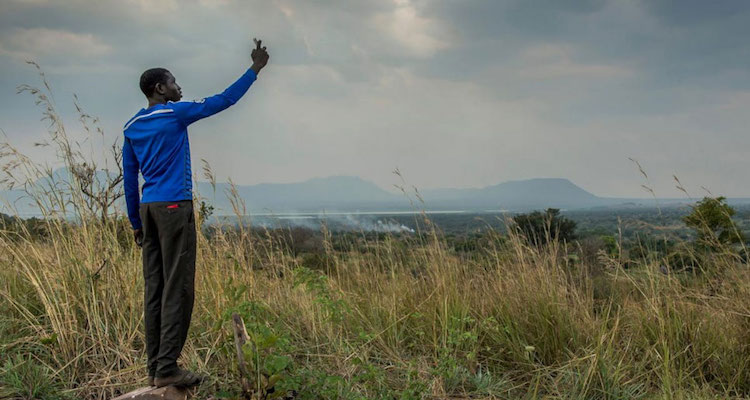By J Nastranis
NEW YORK (IDN) – A large number of refugees view access to a mobile phone and the Internet as being as critical to their safety and security as food, water and shelter, according to a new report based on research undertaken in 44 countries on four continents.
The finding come at a moment when wars and persecution have driven more people from their homes than at any time since the UN refugee agency UNHCR began keeping records. At end of 2015, 65.3 million people are displaced worldwide, of whom 21.3 million are refugees.
“In the world we live in today, Internet connectivity and smart phones can become a lifeline for refugees, providing an essential means for them to give and receive vital information, communicate with separated family members, gain access to essential services, and reconnect to the local, national and global communities around them,” the UN High Commissioner for Refugees, Filippo Grandi, said in a news release.
“Most importantly, connectivity can help broaden the opportunities for refugees to improve their own lives and pursue a vision of a future that would otherwise be denied to them,” he added.
The report, Connected Refugees: How the Internet and Mobile Connectivity Can Improve Refugee Well-being and Transform Humanitarian Action, was published by the High Commissioner’s Office (UNHCR) and global professional services company Accenture.
According to the news release, the study finds that while affordability is often a barrier to connectivity, refugees living in urban areas tend to have similar access to mobile networks as other urban populations.
But for refugees in rural locations the picture is very different, with only one in six located in areas with 3G (short for the third generation of wireless mobile technology) access, and one in five having no mobile coverage at all – significantly lower than for the population at large.
Faced with a pressing need, the study recommends additional investments in three main areas, which together form the basis of a new UNHCR Global Strategy for Connectivity for Refugees. These include increasing the availability of mobile networks, improving affordability, and providing access to training, digital content and services.
The report also identifies a number of strategic interventions to help ensure connectivity, ranging from partnering with mobile network operators and other technology and communications companies to improve infrastructure, making targeted investments in infrastructure, and enabling an environment and system for digital service delivery.
Nearly 300,000 migrants and refugees have reached Europe between the start of this year and mid-September, with most of them entering through Greece and Italy, according to an update from the International Organization for Migration (IOM) on September 13.
Of the total of 294,450 migrants and refugees, 126,931 arrived via Italy and 165,015 via Greece. The former experienced a slight increase compared to the time period of January to the end of September in 2015. The latter experienced a decline of almost 50 per cent compared to same time period, from 381,996 to 165,015.
“While arrivals to Italy in 2016 largely have tracked 2015’s monthly arrival patterns, those to Greece have diverged sharply – with many fewer migrants and refugees coming from Turkey this year compared with last year,” IOM said in the update.
The organization added that while total arrival numbers are down, fatalities among Mediterranean migrants and refugees now stand, through this past weekend, at 3,207 – exceeding by 456 the total recorded during the same period last year.
The migration agency noted that, according to its Missing Migrants Project – which tracks deaths of migrants and those who have gone missing along migratory routes worldwide – Mediterranean fatalities for last year stood at 2,751 through September 12, 2015.
In recent years, Greece and Italy have become the main port of entry for many refugees and migrants trying to reach Europe by sea.
As for Europe’s southern Mediterranean region as a whole, from January to the end of August, IOM noted that a total of 354,618 arrivals were recorded crossing the Mediterranean, or some 60,000 more than 2016’s total so far.
In July 2016, the General Assembly unanimously adopted a resolution approving an agreement to make IOM part of the UN system as a related organization.
IOM, which assisted an estimated 20 million migrants in 2015, is an intergovernmental organization with more than 9,500 staff and 450 offices worldwide. Founded in the wake of the World War II to resettle refugees from Europe, the organization celebrates its 65th anniversary in December 2016. [IDN-InDepthNews – 17 September 2016]
Photo: A young South Sudanese refugee tries to get a signal on his mobile phone in Nyumanzi refugee settlement, Adjumani, northern Uganda, in this 2014 file photo. Photo: UNHCR/Frederic Noy


